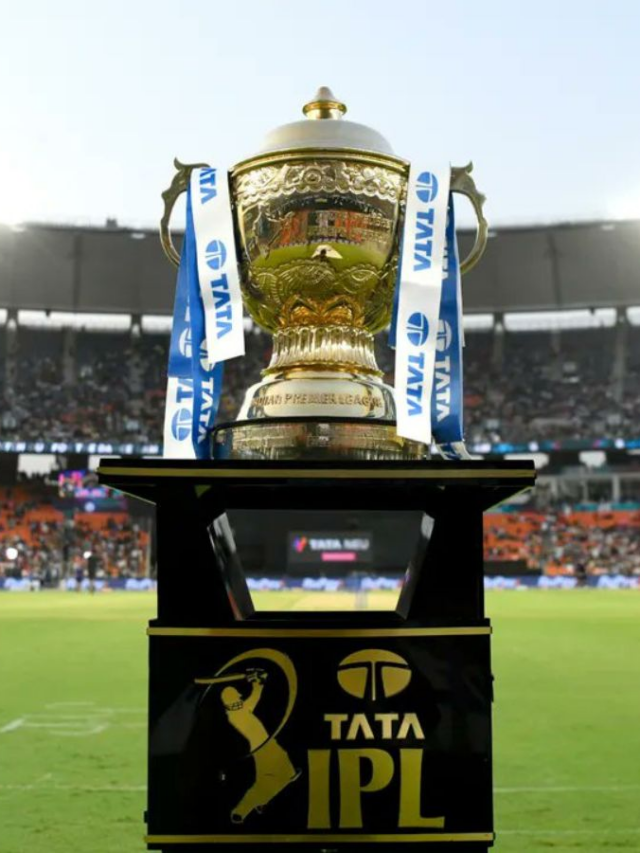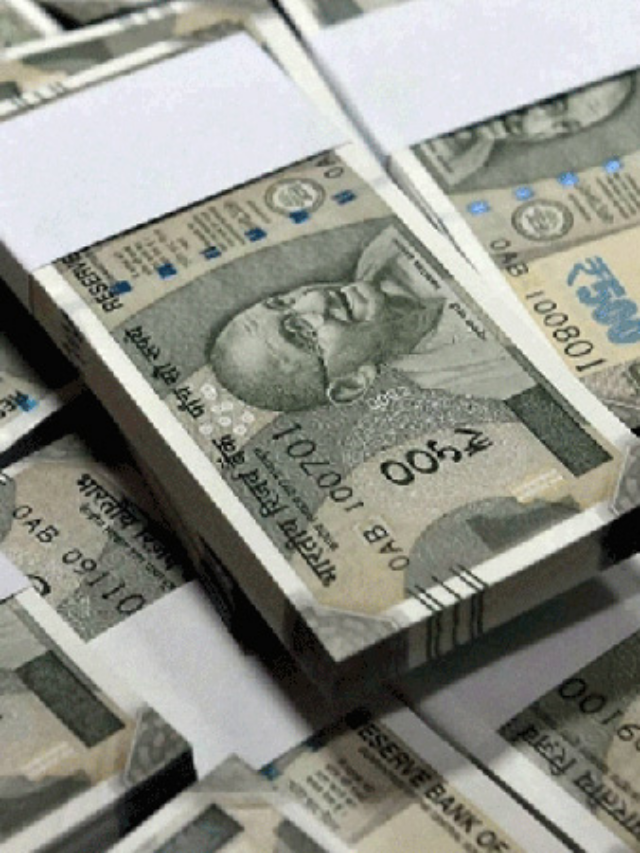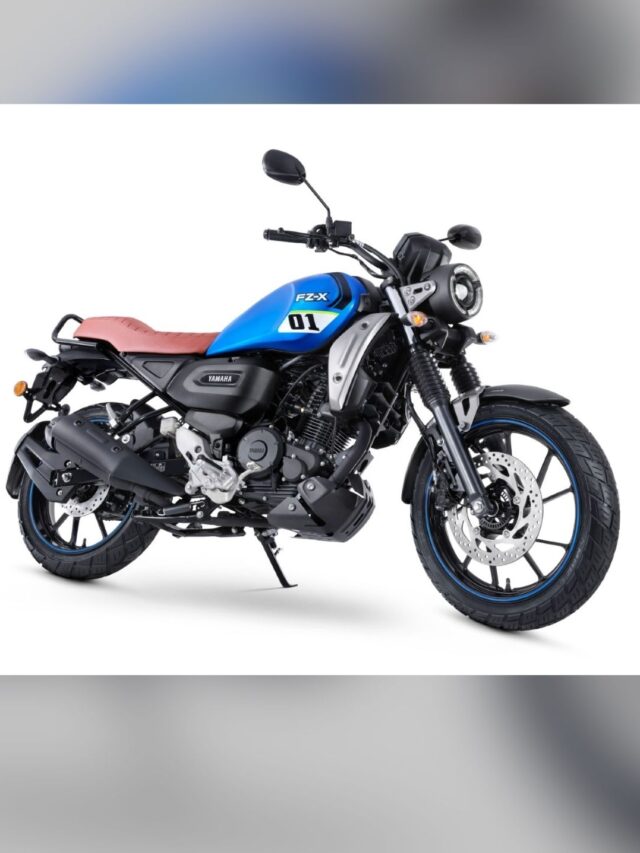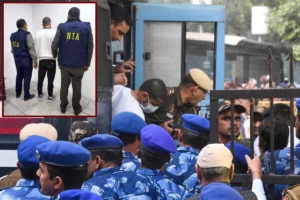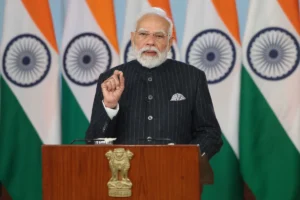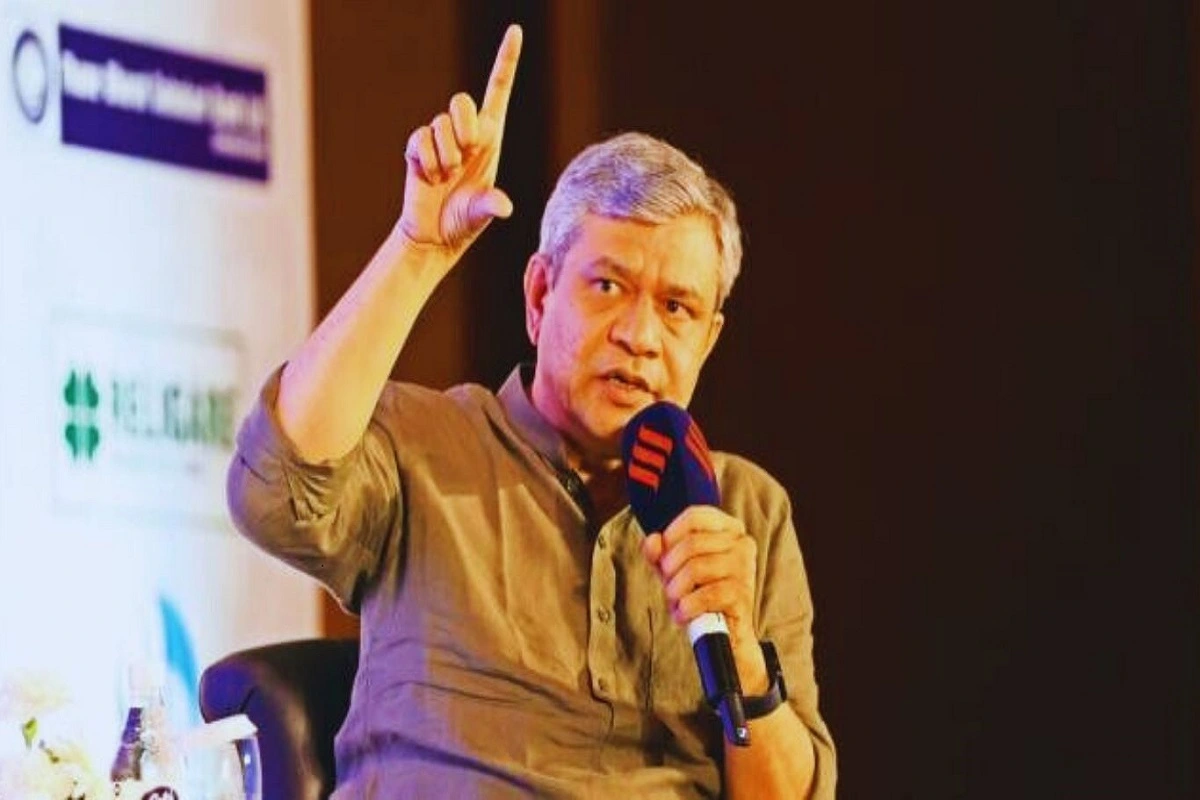
Ashwini Vaishnaw
India will overtake all other countries as the world’s leading location for semiconductor manufacturing in the next five years provided that the government of India builds the necessary ecosystem and prices are the lowest worldwide. According to Minister of Electronics and IT Ashwini Vaishnaw during the Express Adda on Saturday,
The Center revealed a $10 billion plan to manufacture semiconductors in December 2021, and a fabrication factory is anticipated to receive clearance soon.
If the necessary environment is in place, India will undoubtedly overtake China as the world’s leading location for semiconductor manufacturing in the next four to five years.
Our main concern is ensuring that the proper ecosystem is created, according to Vaishnaw.
He was speaking with Anil Sasi, the national business editor of The Indian Express, and Anant Goenka, executive director of the Indian Express Group.
Vaishnaw called the environment surrounding semiconductor manufacture and production “extremely complex.”
“There is a need for about 250 very specialised chemicals and gases, as well as a steady supply of power… The entire day’s productivity will be impacted by a voltage fluctuation lasting even three seconds… When questioned about some of the components of the semiconductor ecosystem that will need to be put in place, the minister responded, “and ultra clean water that has to be manufactured.
To start and maintain semiconductor production in India, there are various issues that must be resolved, according to Vaishnaw. People naturally have an inclination to wait and observe when we are developing a new industry, he added.
The government intends to introduce a sleeper version of the train for distances of more than 500 km by March 2024, according to Vaishnaw, who is also the minister of railways and who broke the production bottleneck for Vande Bharat, the domestically produced, semi-high speed, and self-propelled train.
“The idea is this – for distances up to 100 km, we are developing a train called Vande Metro… for journeys between 100-500 km, we have developed the Vande Bharat chair car… beyond 500 km, a Vande Sleeper will be developed. Sleeper and Metro are in the design phase right now. Metro should be coming by January and Sleeper by March of next year,” he said.
Soon, at least two new Vande Bharat trains will be produced every week as the Centre aims to connect every state with the trains, Vaishnaw said. “We have started the production process for 400 trains and right now we roll out a train every eight days. Very soon we will be rolling out one train practically every third day…. The first target is to connect every state with Vande Bharat trains…. Our target is that by the middle of June, we will have done that. After that we will take routes which are very busy,” he said.
The Railways Ministry is also building new rail tracks at a record pace, even as it is upgrading the old ones, Vaishnaw said. “Last year, we did about 5,200 km of rail tracks, building a record 14 km of new tracks every day. Ten years ago, it used to be three-four km a day… Renewal of the old tracks, where we are upgrading them in multiple ways, that number is around 8,000 km every year,” he said.
The new tracks and the ones that are being upgraded will be capable of handling much faster speeds as well. “The older tracks were designed for speeds between 70-80 km per hour, but most of the tracks we are now upgrading, they can handle speeds for about 130 km per hour and a significant portion of them can also manage speeds of over 160 km per hour,” Vaishnaw said.
The Centre is committed to investing a significant amount of money in India’s rail network for the next decade, he said. “We must invest a minimum of Rs 3 lakh crore every year at least for the next 15 years,” he said.
Vaishnaw also spoke about the complexity of manufacturing Vande Bharat trains owing to the machinery the trains have been equipped with. “It took us about 6-7 months to perfect things, getting the designs, supply chains etc. in place… We had to create a new supply chain using some of our own companies in Coimbatore.”
(The Bharat Express staff has simply altered this piece, this originally belongs to The Indian Express.)
To read more such news, download Bharat Express news apps














